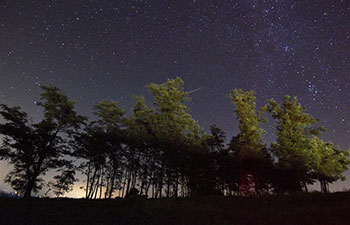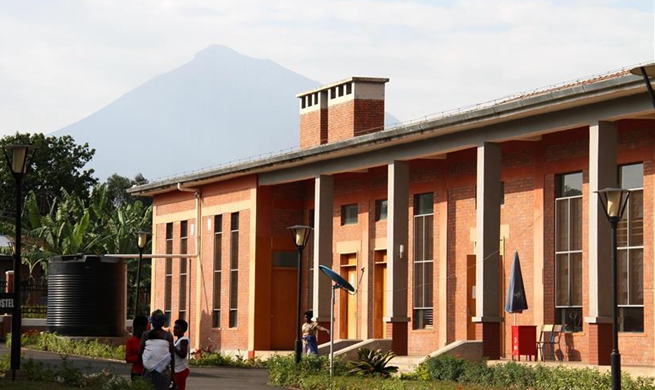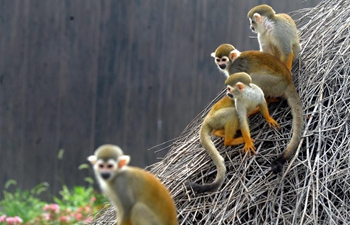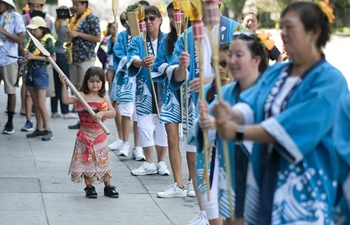SYDNEY, Aug. 14 (Xinhua) -- The last 12 breeding pairs of the beach stone-curlew in Australia's New South Wales (NSW) are under threat from feral foxes, with the local community now taking action to protect the rare birds.
Local media reported on Tuesday that community groups have laid fox traps in an attempt to exterminate the introduced threat to local wildlife.
"We've got nice big areas of coastal bushland, which is habitat to lots of birds and animals, particularly ground-nesting birds such as the bush stone-curlew, also the beach stone-curlew," Tweed Shire Council's manager of natural resources Jane Lofthouse said.
"The beach stone-curlew is especially vulnerable because there are only, that we know of, 12 breeding pairs in the whole of NSW, so if we have one here on Fingal it is important we help them to breed."
Foxes were first introduced to Australia from Europe in the mid 1800's for the purpose of sport hunting, with a number of animals being deliberately released to establish a wild population.
Due to the Australian continent lack of equivalent native predators, the foxes proliferated on minimal competition for resources, and an abundant supply of prey unaccustomed to threat from apex predators.
Banahm Slabb from the Tweed Byron Aboriginal Land Council said that foxes have been affecting numbers of native species that the Aboriginal community sustainably hunts.
Slabb has been helping Tweed Shire council workers to establish the trapping program.
"First we got monitoring cameras and set them up for three weeks to monitor foxes and where they went," Slabb said.
"Then we got the traps in, and where we knew where the foxes were, we laid the traps."?













